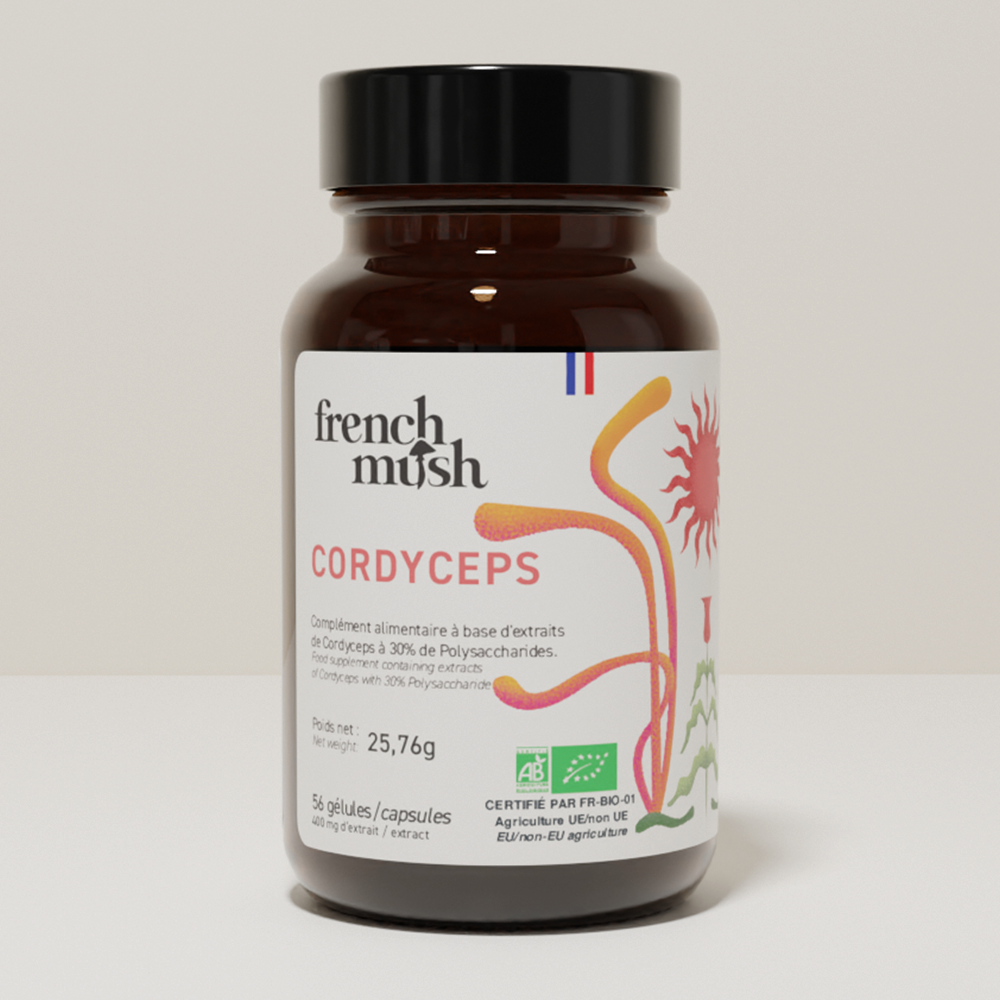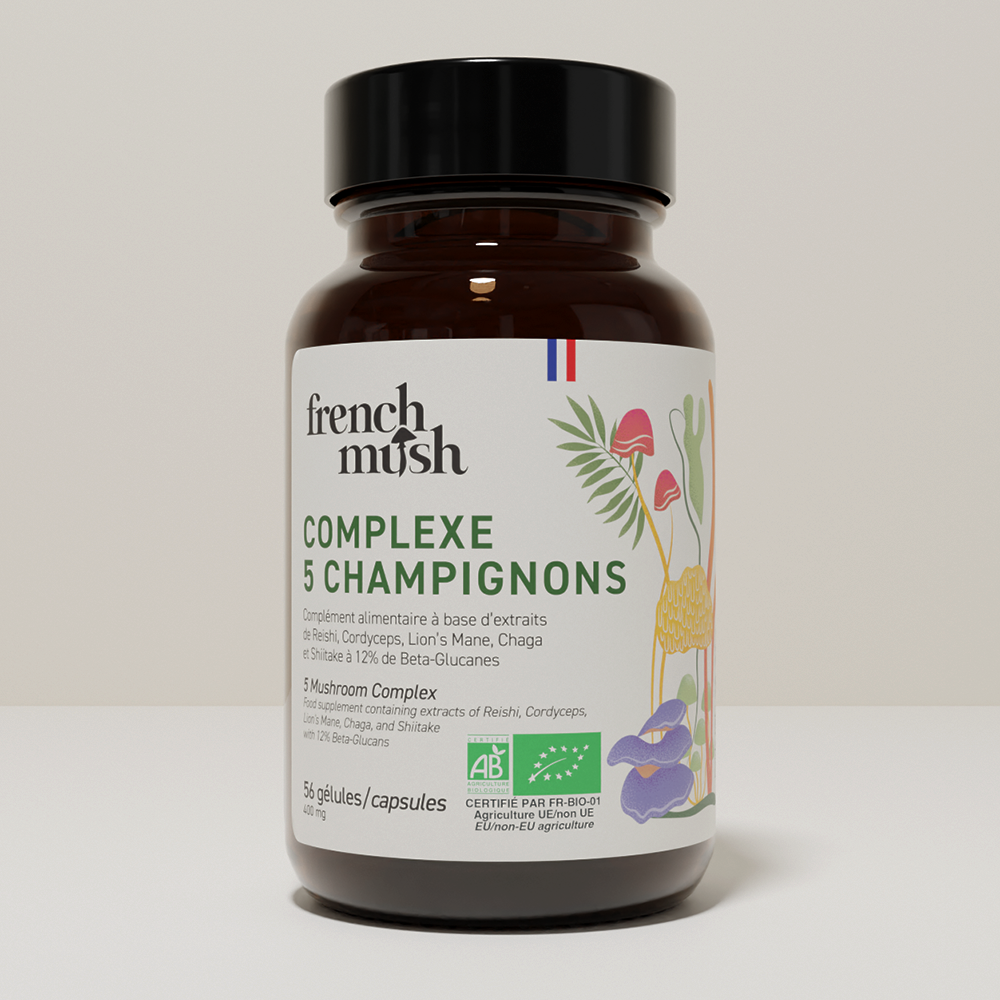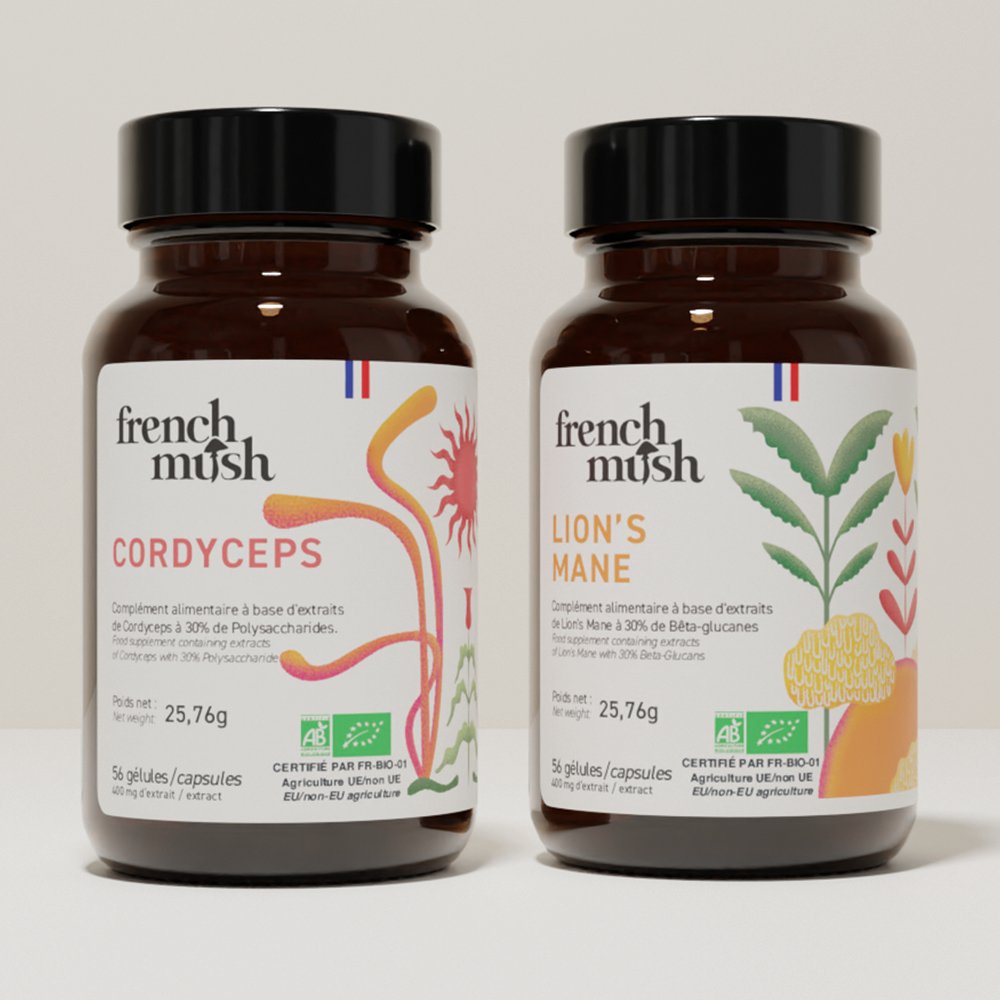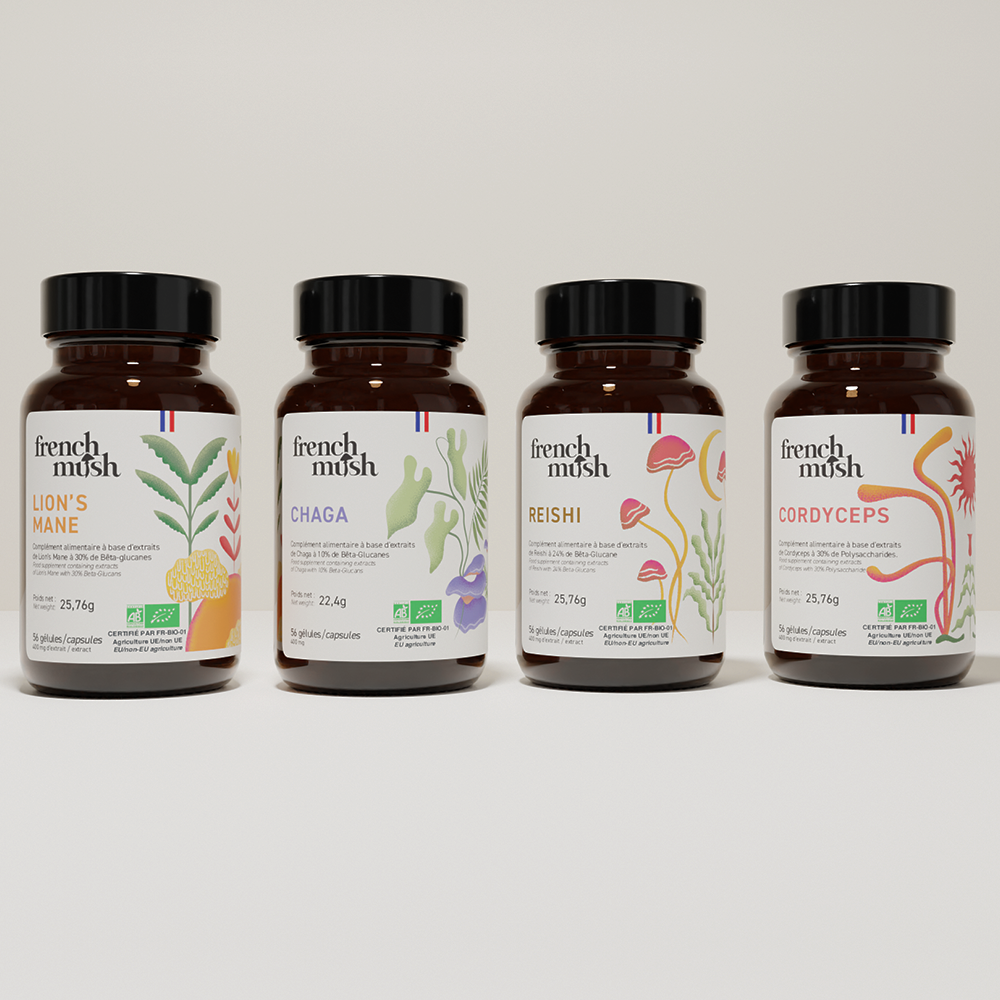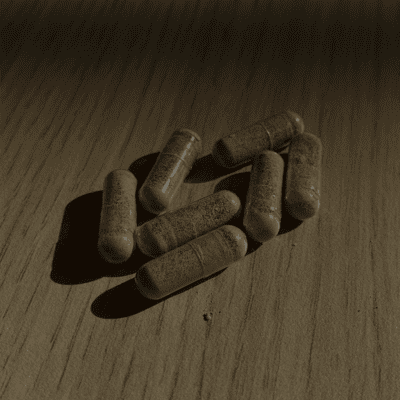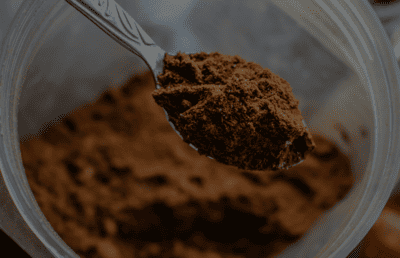Wild mushrooms are very exciting. However, they also require great caution. With more than 35,000 species of mushrooms in France, some of which are deadly, it is important to know how to identify toxic and poisonous mushrooms.
To this end, this guide that we have developed will help you recognize dangerous mushrooms, whether in coniferous forests, under pine trees, or in humid meadows.
What are the most dangerous toxic mushrooms?
Among the thousands of species of mushrooms, some are particularly formidable. Here are the most dangerous ones that you absolutely must know.
The Phalloid Amanita: the silent killer
Death cap is considered the most dangerous deadly mushroom in the world. Its greenish to yellowish cap and white gills can fool even experienced pickers. The toxin it contains, amatoxin, causes fatal liver failure in 50% of cases. Unlike medicinal mushrooms that have health-promoting properties, this species is responsible for the majority of fatal poisonings related to fungal poisoning.
The fly agaric: a deceptive beauty
Recognizable by its red cap dotted with white spots, the fly agaric (Amanita muscaria) is highly toxic and hallucinogenic. Its ingestion can cause hallucinations, severe digestive disorders and, in severe cases, kidney failure. Its resemblance to certain edible species makes it a particular danger for the inexperienced.
The satan boletus: a demon under the deciduous trees
This bolete with a red foot and a whitish cap turns blue when cut. Although rarely fatal, it causes violent digestive disorders and can be confused with edible species such as porcini mushrooms. Its presence in deciduous woods, particularly under oaks and beeches, makes it a trap for bolete lovers.
What are the general characteristics of toxic mushrooms?
To identify toxic mushrooms, it is essential to know their main characteristics
The hat: first clue
The cap is often the first thing we notice in a mushroom. Its color, texture and shape can provide valuable clues about its potential toxicity. Beware of bright red or white-spotted caps, characteristic of certain toxic amanitas such as the fly agaric.
Likewise, a slimy surface or pronounced scales can also be signs of danger. Bell-shaped, convex or conical hats are often suspect and deserve special attention.
The foot: a key element
The stem of the mushroom can reveal a lot of information about its identity and potential toxicity. The presence of a ring may indicate a potentially dangerous species of amanita. A swollen base or "sac" at the base of the stem, called a volve, is characteristic of toxic amanitas such as the phalloides amanita.
Also watch out for the feet which change color when cut, turning blue or red. This can be a sign of toxicity in certain species such as the Satan boletus.
The lamellae or pores
Observation of lamellae, pores or folds under the cap is very important for identification. white blades in amanitas are often a sign of danger. The arrangement of the lamellae can also be revealing: free lamellae (not attached to the base) can indicate a toxic species. In boletes and polypores, the color and arrangement of pores can help distinguish edible species from toxic ones.
What are safe identification methods?

To avoid intoxication and poisoning, it is essential to adopt reliable identification methods and never rely solely on your intuition.
Using a mycological guide
Invest in a recent and reliable mushroom guide . The photos and detailed descriptions will help you correctly identify species, whether they are edible mushrooms like chaga powder , porcini, chanterelles, morels, or poisonous mushrooms to avoid.
Also be sure to choose a guide suited to your region, as mushroom species can vary depending on geographic areas, whether in coniferous forest or grassland.
Consult an expert
If in doubt, do not hesitate to consult a mycologist or a specialized pharmacist. Their expertise can be important to avoid poisoning. Likewise, many mycological associations organize guided outings, an excellent opportunity to learn how to identify mushrooms safely, from the most common to the rarest.
Mobile applications
Some mobile applications can also help you with identification, but do not replace the advice of an expert. To do this, use them as a complementary tool, but never as the sole source of identification to decide whether a mushroom is edible or not. These tools can be useful in differentiating between species, but caution is still required.
What to do in case of suspected poisoning?
Despite all precautions, poisoning can occur. Here are the steps to follow if you suspect poisoning after consuming mushrooms:
1. Contact the nearest poison control center immediately. Their expertise can be vital in these emergency situations.
2. Save leftover mushrooms, including peels and raw specimens, for identification. This will help doctors determine the appropriate treatment.
3. Note the time it takes for symptoms to appear after ingestion. This information is very important for diagnosis and can indicate the severity of the poisoning.
Never try to induce vomiting without medical advice, as this could make the situation worse. Symptoms of poisoning may include nausea, vomiting, diarrhea, sweating, blurred vision, and in severe cases, liver or kidney failure. Rapid intervention is essential to prevent severe complications, which may require hospitalization or even a liver transplant in the most serious cases.
Basically, caution is advised.
Although mushroom picking can be a rewarding activity, it requires solid knowledge and great caution. In reality, even experienced pickers can make mistakes. Therefore, if in doubt, it is always better to abstain.
You can simply opt for our renowned mushroom products such as reishi capsules , reishi powder and many others.
Also be aware that mushroom poisoning can have very serious consequences. They range from simple digestive disorders to liver failure requiring transplantation, or even death.
It is therefore important to always keep in mind that your safety is paramount. Also, never forget that a good mushroom is a well-identified mushroom. Nature offers us its treasures, it is up to us to respect and appreciate them wisely.
Sources :
Mushrooms: the 12 most toxic species in France
https://www.futura-sciences.com/planete/questions-reponses/champignon champignons-12-especes-plus-toxiques-france-17486/
A Complete Guide to Identifying and Avoiding Toxic Mushrooms
https://www.shroomer.com/toxic-mushroom-identification guide/#:~:text=Characteristics%20of%20toxic%20mushrooms%201%20Unpleasant%2 0smell%20Many,print%20...%205%20Bruising%20...%206%20Habitat%20



